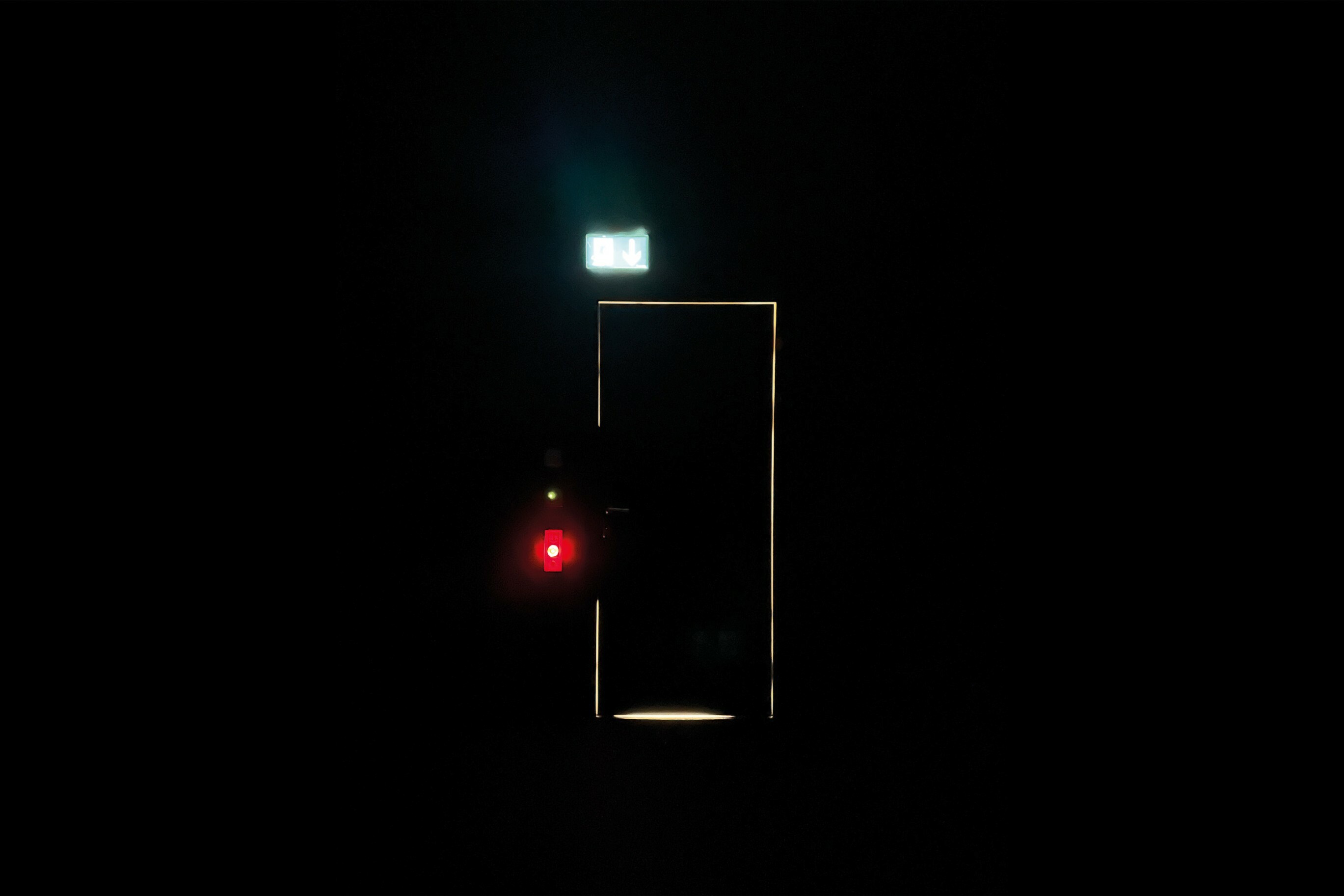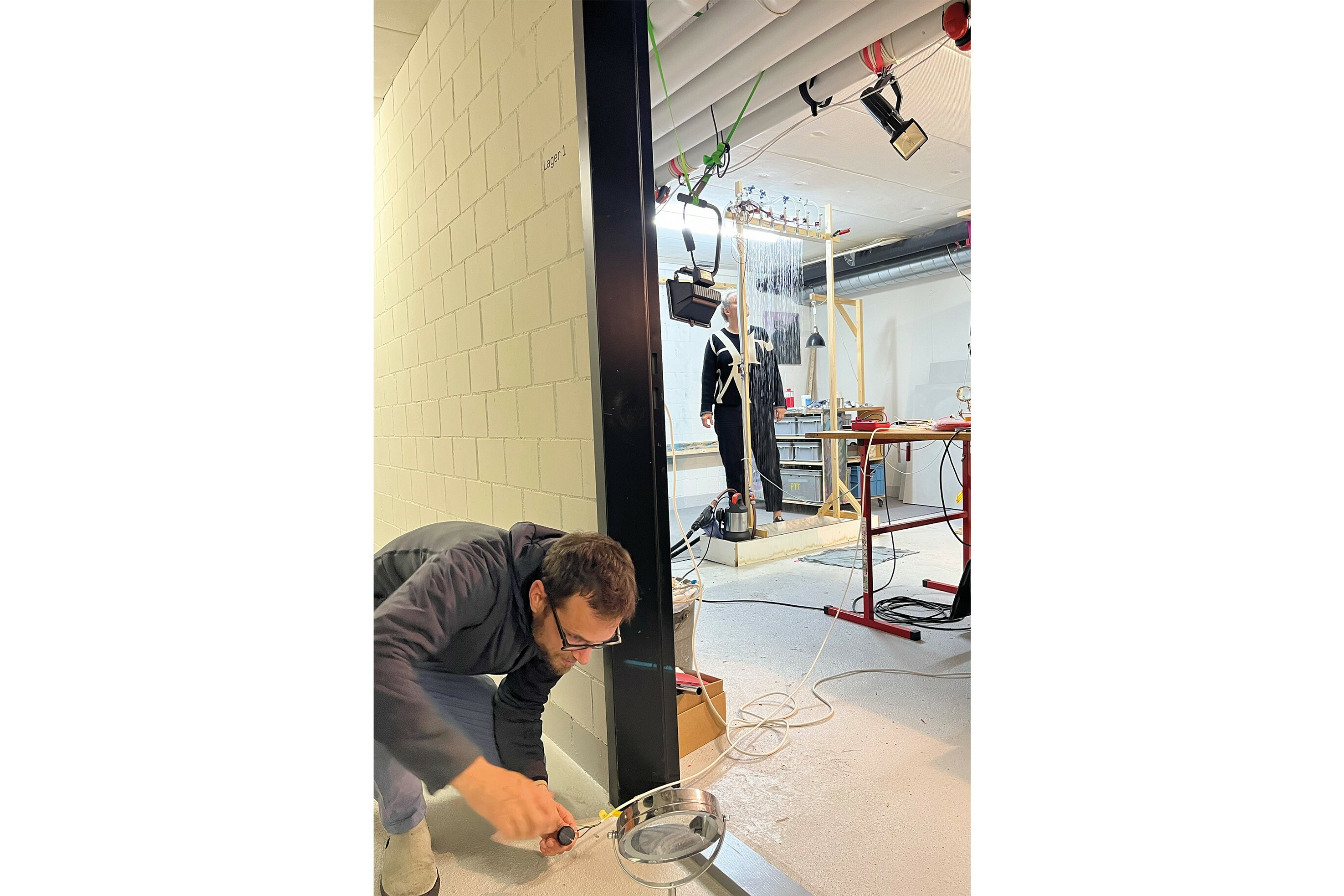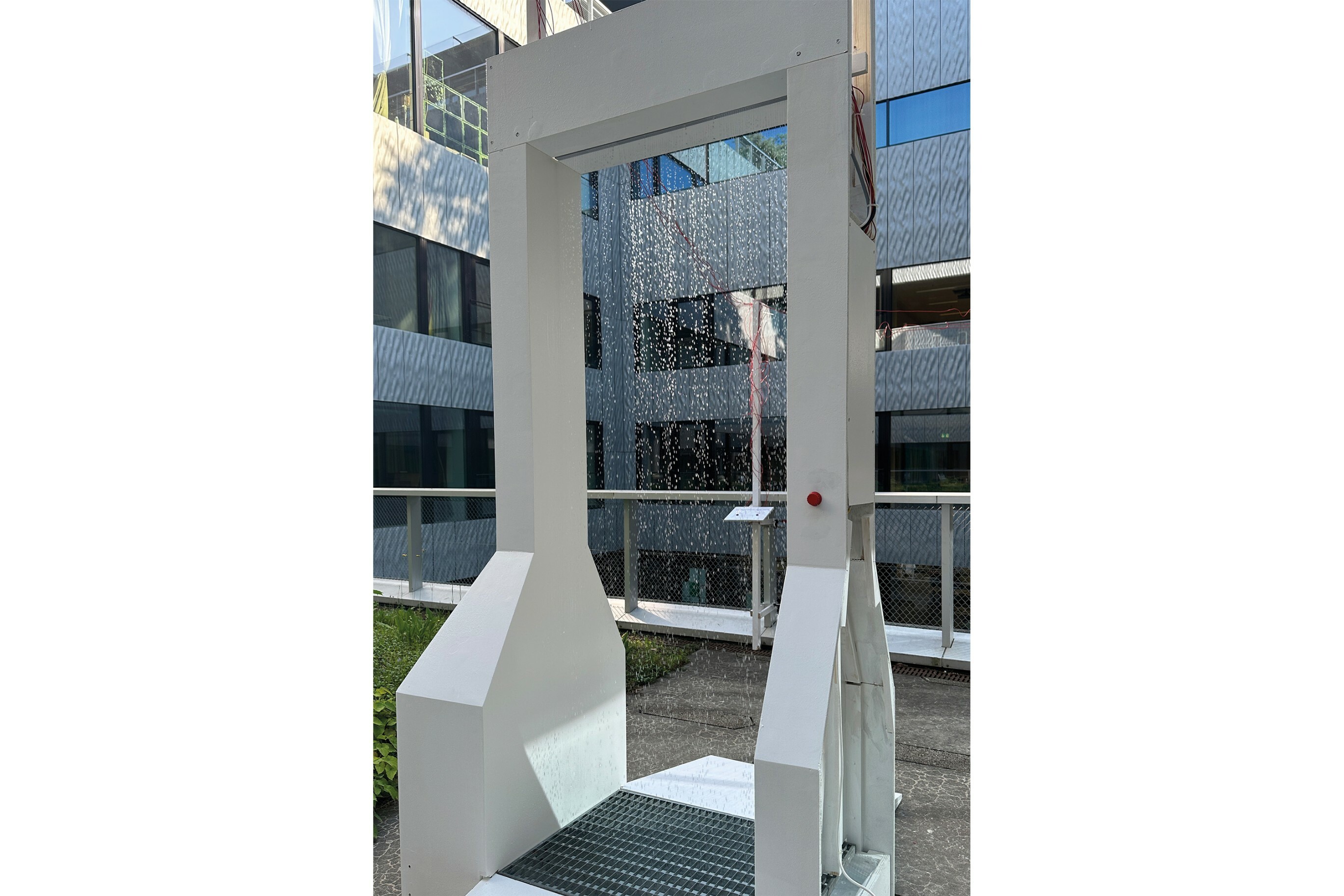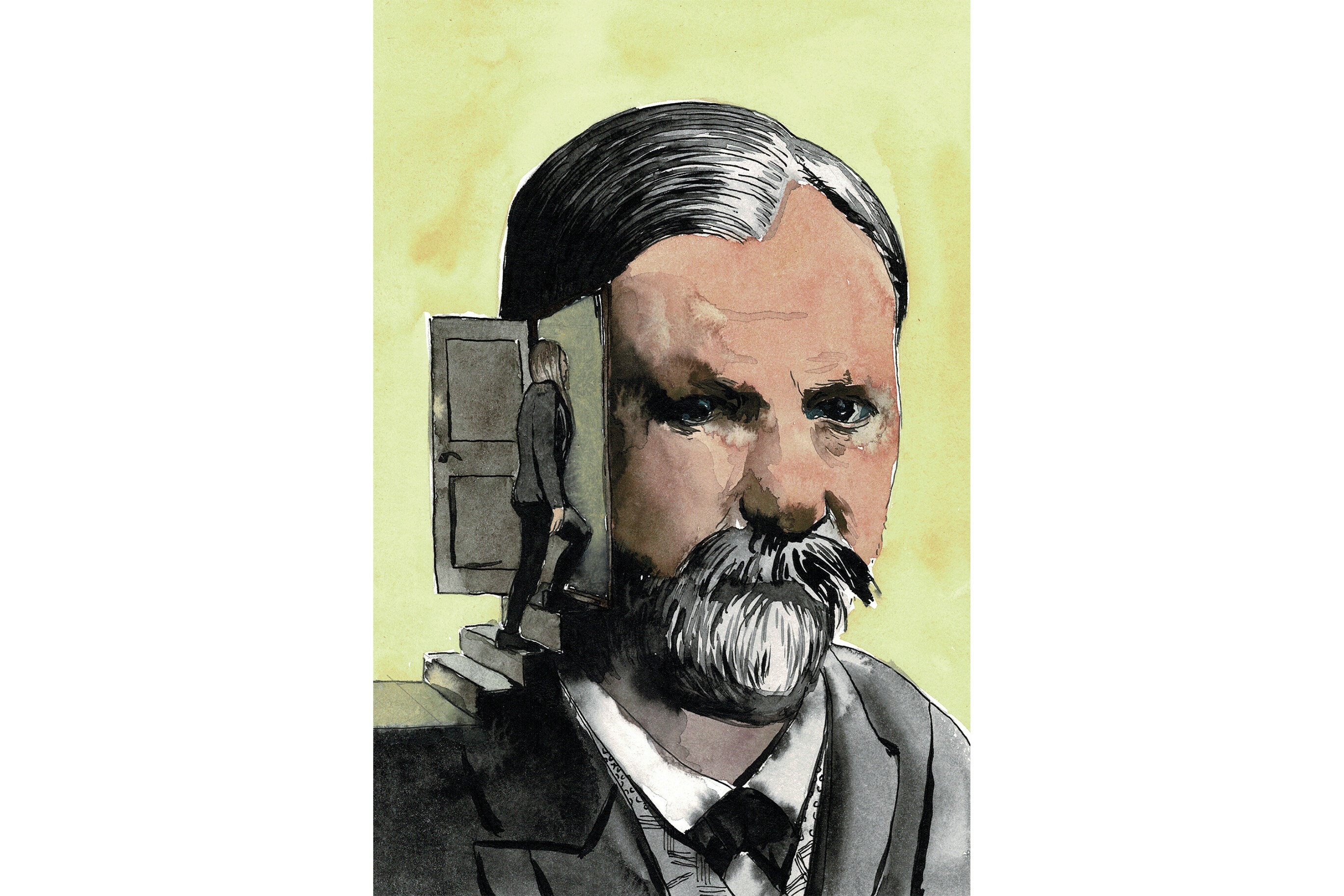Vertrauen in die Dinge
The Door
Trust is a central force within our society. It is a foundation for us to interact with things. Trust means allowing vulnerability. But how does this invisible trust in things come about? Like a red thread, this question runs through the investigation and makes it palpable, using the artefact of the door as an example. It is shown how trust and the typology of an object are in a fundamental relationship. Trust follows the intention placed in the object. It is shown that the typology of things includes the typology of the user, which must always be negotiated in social interaction in the use of the object.



